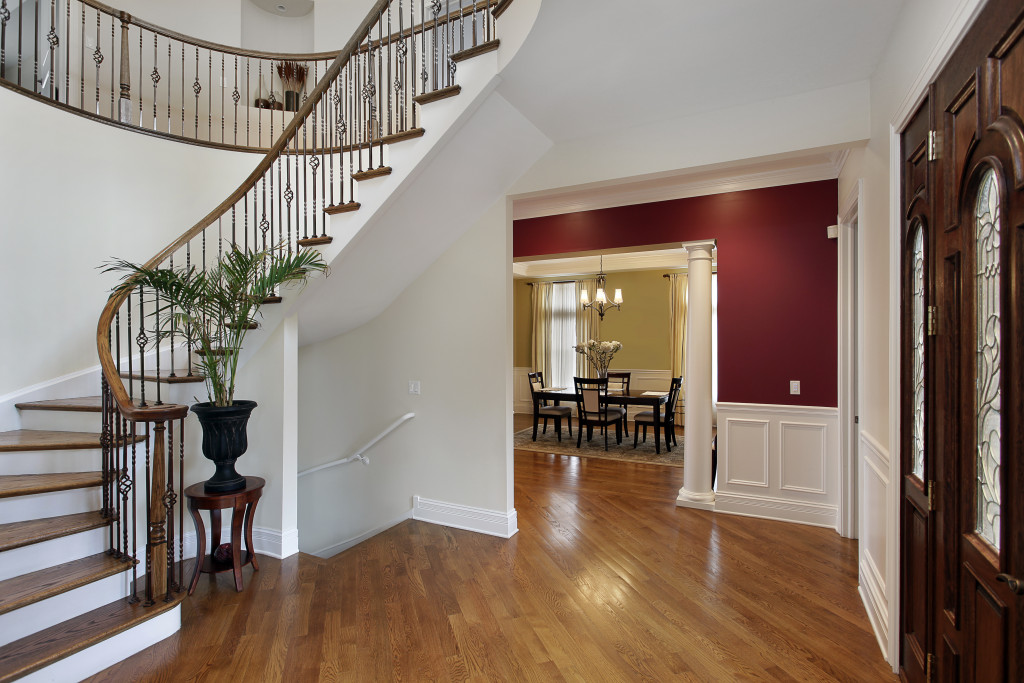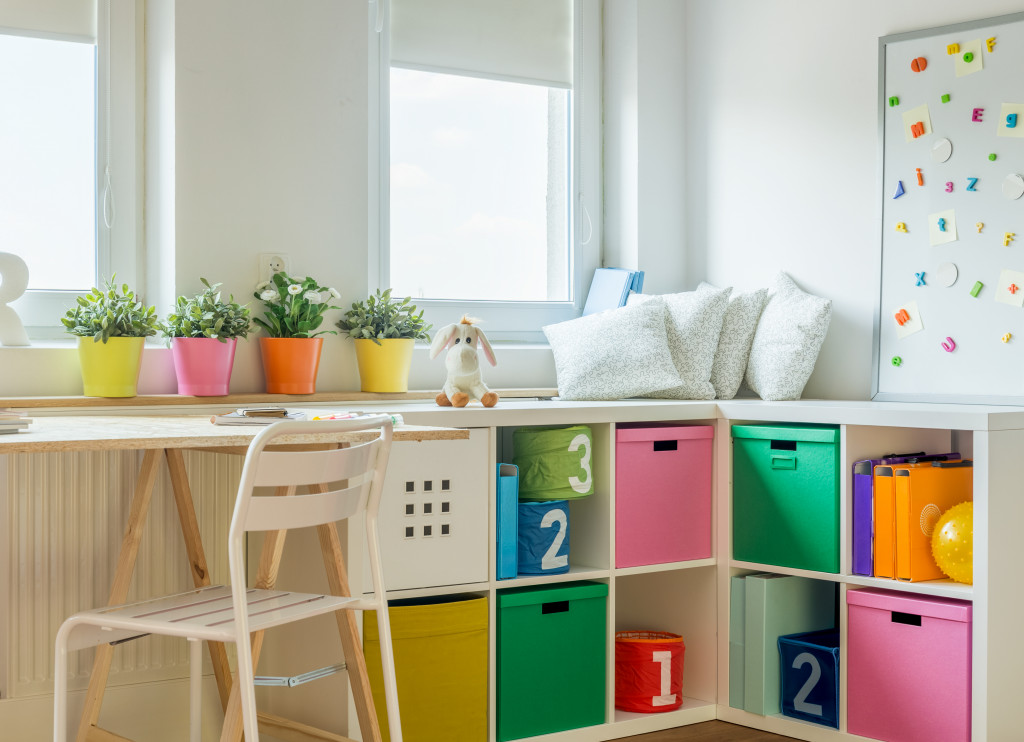- Evaluate the scale and proportion of furniture pieces to achieve a cohesive interior design.
- Create a harmonious color palette with pops of contrasting and complementary colors.
- Enhance lighting through the use of ambient, task, and accent lighting.
- Incorporate personal touches such as family photographs or artwork.
- Prioritize functionality and organization with storage solutions and regular decluttering.
Why do we care about interior design when creating a warm and inviting atmosphere in your home? Interior design is pivotal in shaping how you experience your living space. Your home should reflect your personality and provide a comfortable environment for you and your loved ones. Whether you’re starting from scratch or looking to refresh your existing decor, these five tips will help you transform your living space into a haven of style and functionality. From considering your furniture choices to enhancing the lighting, these strategies will guide you toward achieving the perfect interior design for your home.
1. Consider Your Furniture
When it comes to furniture, not all pieces are created equal. Quality is key when selecting your home’s furnishings — you don’t want to buy something that won’t hold up over time or look out of place in your living space. Utilize a professional quality furniture store to find pieces that will stand the test of time and add beauty and function to your home. These stores typically carry various pieces at various price points, so you can find something perfect for your budget and style. Also, they offer expert advice and helpful resources to ensure you make the best purchase for your home.
2. Choose a Cohesive Color Scheme
Color is a powerful tool in interior design, and selecting a cohesive color scheme can dramatically impact the look and feel of your home.
Here are some tips on how to choose a cohesive color scheme:
Understand the Color Wheel
The color wheel represents the different hues and their relationships with each other. It’s divided into primary, secondary, and tertiary colors. Understanding the color wheel is crucial to selecting a cohesive color scheme. For example, complementary colors (opposite each other on the wheel) create high contrast, while analogous colors (those side by side) create a more harmonious effect.
Consider the Room’s Purpose
The functionality of the room can also inform your color choices. For example, a bedroom can greatly benefit from the soothing and calming colors of blues or greens, creating a tranquil environment. On the other hand, a living room can be enlivened with vibrant and energetic hues, injecting a sense of liveliness and vibrancy to the space. Consider the mood you want to evoke in each space and choose your colors accordingly.
Use the 60-30-10 Rule
This classic interior design rule suggests that the color distribution in a room should be 60% of a dominant color, 30% of a secondary color, and 10% of an accent color. This helps to balance the colors in the room, ensuring that no single hue overpowers the others.
Take Lighting into Account

Finally, remember that lighting significantly affects how colors look in a room. The truest colors are revealed in natural light, while warm tones are enhanced by incandescent lighting and fluorescent lighting imparts a sharp blue tone. Therefore, always check your color choices in the room’s lighting before deciding.
3. Enhance Lighting Design
Lighting is a critical yet often overlooked aspect of interior design. Proper lighting can transform the mood and functionality of a room. Start by evaluating the natural light sources in your space and how they change throughout the day. Maximizing natural light reduces the need for artificial lighting and creates a vibrant and uplifting atmosphere.
In addition to natural light, consider the three primary types of artificial lighting: ambient, task, and accent lighting. Ambient lighting provides overall illumination and can be achieved through ceiling fixtures, chandeliers, or recessed lights. Task lighting, however, focuses on areas where you need concentrated light, such as reading lamps or under-cabinet lights in the kitchen. Lastly, accent lighting highlights specific features or objects, such as artwork or architectural details.
4. Incorporate Personal Touches
To make your home truly unique and reflective of your personality, incorporate personal touches into your interior design. These elements range from family photographs and heirlooms to artwork and decorative items collected during travels. Personal touches add character to your home and create a sense of warmth and familiarity.
Gallery walls are a popular way to display personal artwork and photographs. Choose frames that match your overall decor style and arrange the pieces visually pleasingly. Consider balance and spacing when placing personal items throughout your home to avoid clutter.
5. Prioritize Functionality and Organization

No matter how aesthetically pleasing your interior design is, it must also be functional and organized to serve your daily needs. Start by assessing the layout and flow of your rooms. Ensure that furniture placement allows for easy movement and access to essential areas. Consider multifunctional furniture pieces that can provide storage or serve different purposes.
Organization is key to maintaining a clutter-free and visually appealing space. Invest in storage solutions like shelving units, cabinets, and closets to keep belongings neatly tucked away. Use decorative storage boxes and baskets to corral smaller items and maintain a cohesive look.
In Closing
Transforming your home’s interior design is an exciting and rewarding endeavor. By carefully considering your furniture choices, selecting a cohesive color scheme, enhancing your lighting design, incorporating personal touches, and prioritizing functionality and organization, you can create a stunning space that feels like a true reflection of you and your lifestyle. Remember that your home is a canvas for your creativity, so embrace the opportunity to express yourself through your design choices and enjoy the comfort and beauty of your newly improved living space.